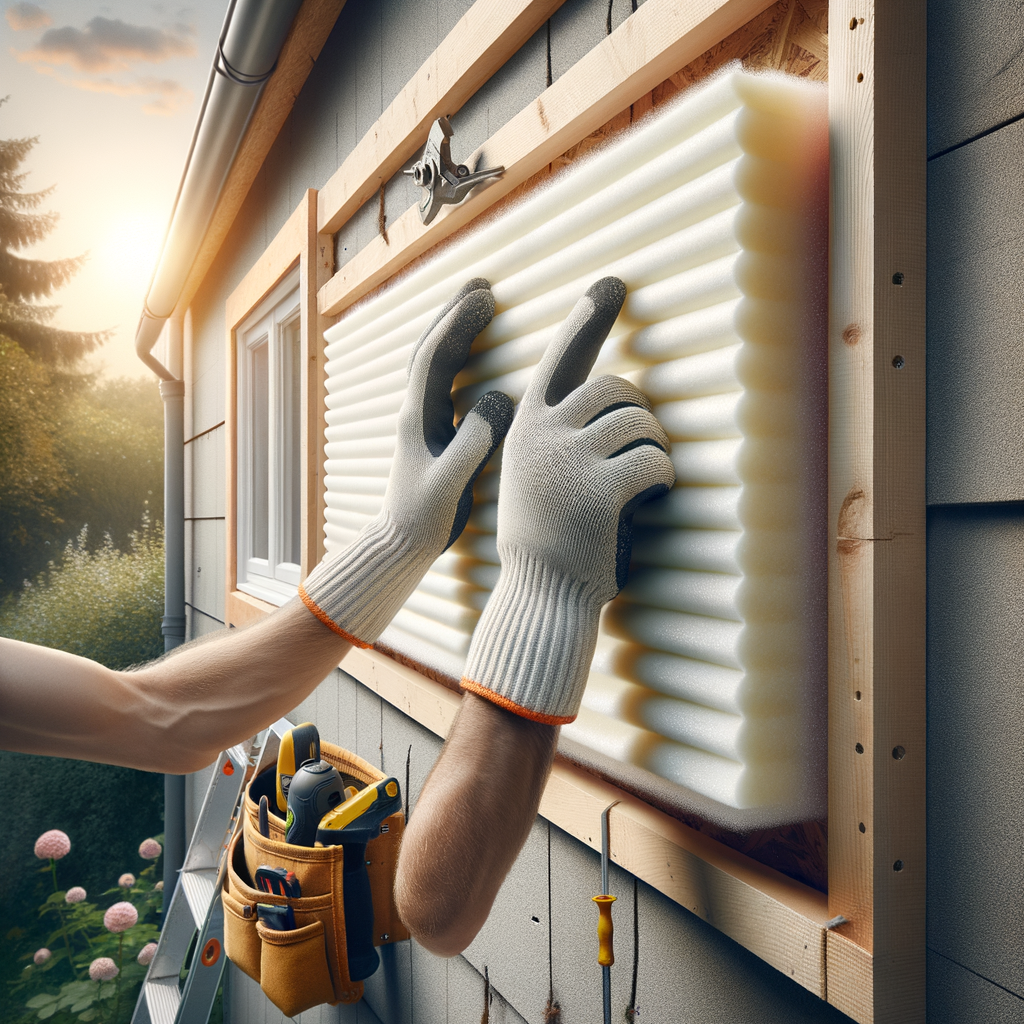Installing External Foam Board Insulation Effectively: A Complete Guide for Builders and Homeowners

Installing External Foam Board Insulation Effectively: A Complete Guide for Builders and Homeowners
External foam board insulation is a crucial component in improving a building’s thermal efficiency, reducing energy bills, and enhancing the structure’s overall durability. Whether you’re a DIY enthusiast, a builder, or a professional tradesperson, understanding the proper installation techniques ensures long-lasting results and maximises the benefits of this insulation method.
In this comprehensive guide, we'll walk you through the essentials of installing external foam board insulation effectively. From selecting the right materials to application tips and maintaining weatherproof integrity, you’ll gain the practical expertise needed to complete your project with confidence.
Why Choose External Foam Board Insulation?
External foam board insulation offers several advantages, making it a popular choice for modern building improvements:
- Enhanced Thermal Performance: It minimises thermal bridging, keeping heat inside during winter and out during summer.
- Protects Structural Walls: Acts as a protective barrier against weather damage, moisture, and air leaks.
- Aesthetic Flexibility: Allows for finish layers such as render, cladding, or siding, providing a neat external appearance.
- Ease of Installation: Relatively straightforward for skilled DIYers and professionals alike.
Selecting the Right Foam Board Material
Before beginning installation, selecting the appropriate foam board type is essential. Types include:
Polystyrene (XPS and EPS)
- Extruded Polystyrene (XPS): Offers excellent compressive strength and moisture resistance, ideal for below-ground applications.
- Expanded Polystyrene (EPS): Cost-effective with good insulation properties, suitable for above-ground walls.
Polyisocyanurate (PIR)
- Features higher thermal performance per inch, making it ideal where space is limited.
- Suitable for projects demanding high insulation value.
Mineral Foam Boards
- More environmentally friendly; provides good fire resistance.
Preparation for Installation
Proper preparation ensures a seamless and durable installation:
- Inspect and Clean Surfaces: Ensure walls are free of dirt, dust, and loose materials.
- Assess Wall Conditions: Repair any cracks or damages prior to insulation application.
- Plan the Layout: Sketch a detailed plan to minimise cuts and joints, improving the overall finish.
Step-by-Step Installation Process
1. Applying a Base Layer
Start with a clean, dry wall surface. Use a compatible primer if required to improve adhesion.
2. Fixing the Foam Boards
- Mechanical Fixings: For most external walls, use specialised insulation fixings. Employ a drill like the makita | Moisture Resistance | Cost | Suitable For | |---|---|---|---|---| | XPS | High | Excellent | Moderate | Below ground, exterior walls | | EPS | Moderate | Good | Low | Above ground walls | | PIR | Very High | Good | Higher | Limited space, high insulation needs | | Mineral | Moderate | Good | Variable | Fire-resistant, environmentally conscious |
Conclusion
Installing external foam board insulation is an effective way to improve your building’s energy efficiency and protect its structure. Proper material selection, careful preparation, and precise application are vital for a durable, high-performance system. Whether working on a new build or upgrading an existing property, this method offers flexible, long-lasting insulation solutions.
Ready to get started? Explore all insulation products and find the right foam board for your project today. For expert advice and quality tools, visit our Building & Construction section.
Happy insulating! Maintain your skills, maintain your building, and enjoy the comfort of a well-insulated home or worksite.